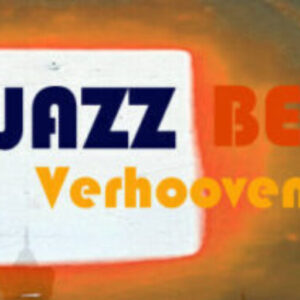Tonbruket @ A-Trane
Tonbruket @ A-Trane
Tonbruket @ A-Trane
09.04.2024 A-Trane
«LIGHT WOOD & DARK STRINGS»
Dan Berglund – Bass
Martin Hederos – Tasten / Violine
Johan Lindström – Gitarre / Pedal Steel
Andreas Werliin – Schlagzeug
Unbedingt – Empfehlung – kein Jazz – gute Melodien, für dich unter die Gemütsglocke zu legen oder unter das melancholische Gegengerüst zur Verdrehtheit, dem Vexierspiel – eingängige angenehme Melodien setzen sich über der eigenen Patina fest – warum es kein Jazz ist, sondern melodische Wintermusik von dieser untypischsten Jazzband aus Schweden, wenn sie denn Jazzband genannt werden will. Was aber spielen diese Zuweisungen für eine Rolle – wenn du vor der Konzerthalle stehst und es um dich herum intellektuelles Stirnrunzeln gibt – du alles für dich behalten sollst, nur kein Coming Out auf der Ebene von E.S.T., dessen Bassist Dan Berglund war – die Geschichte geht so: Freund S. verschwieg mir über Jahrzehnte, dass er ein ausgesprochener E.S.T. Fan war – mir, der ich ihm nicht immerzu die neueste Avantgarde-Scheibe vor die Nase hielt, sondern auch Medeski Martin & Woods oder E.S.T., Molvaer und Mehldau, die üblichen Verdächtigen eben – seltsam: als er von uns gegangen war und ich einen Blick auf seine CD-Sammlung warf und erkennen durfte, wie er im Besitz aller E.S.T. Aufnahmen war und auch der ersten vier Tonbruket-Aufnahmen. Die fünfte Aufnahme konnte er nicht mehr erwerben –
Jetzt soll in der neuesten Tonbruket eine Menge akuter Realismus mitschwingen, akuter Realismus – das Abenteuer der Wirklichkeit oder die Literaturepoche des Realismus oder komm mit mir zurück in den Alltag – das alles wären Ansprüche oder Aussagen eines vom Wirklichkeitssinn überzeugten Freund S. gewesen, während ich noch immer dem Möglichkeitssinn nachhing – meiner Option auf Realitätsverweigerung oder überhöht formuliert: einem Utopia. Hör dir die Scheibe an, Freund S. du dort im Himmel oder geistestreibend – mystische Klänge, sphärische und wie gesagt: melodische. Sehr ambivalent ist das nicht, eher mitreißend, macht Träumen und setzt dem akuten Realismus eine Gegenwelt auf – noch eine. Nur welche, außer dass du ins Traumwandeln gelangst und außerdem zur Kenntnis nehmen darfst, wie um dich herum vom Realismus, dem Jetzt und Hier auf realem Grund fasziniert umworbenes intellektuelles Stirnrunzeln steht in der gleichen Schlange zum gleichen Konzert.
Der akute Realismus – das ist nachlesbar in den Liner Notes: hört sich ausschweifend an. Dort ist von “sanfter Missachtung konventioneller Genrekonventionen” die Rede, mit doppeltem Nennen der Konventionen, dort ist “von der einzigartigen Mischung aus Jazz, Rock, Americana, Kraut, Psych, Folk und Blues” die Rede, dort stehen ihnen Akkorde, Harmonien und Melodien sowohl der Rock- als auch der klassischen Musik deutlich näher als die für den Jazz charakteristischen farbigen Akkorde – die Andeutung im Schlussatz lautet: Im Gegensatz zu den vorangegangenen fünf Alben, auf denen eine Fülle von Synthesizern und Effektpedalen zu hören ist, ist “Light Wood, Dark Strings” fast ausschließlich organisch. Das lässt nur den einen Schluss zu. Auch der aktute Realismus ist vom weniger akuten Realismus insofern zu unterscheiden, als Musik ihn um einen quasi transzendenten Raum erweitert – steht alles zwischen den Zeilen.
Das Album ist trotzdem oder gerade deswegen sehr alltagstauglich und würde auch Freund S. sehr zusagen, wenn auch heimlich.
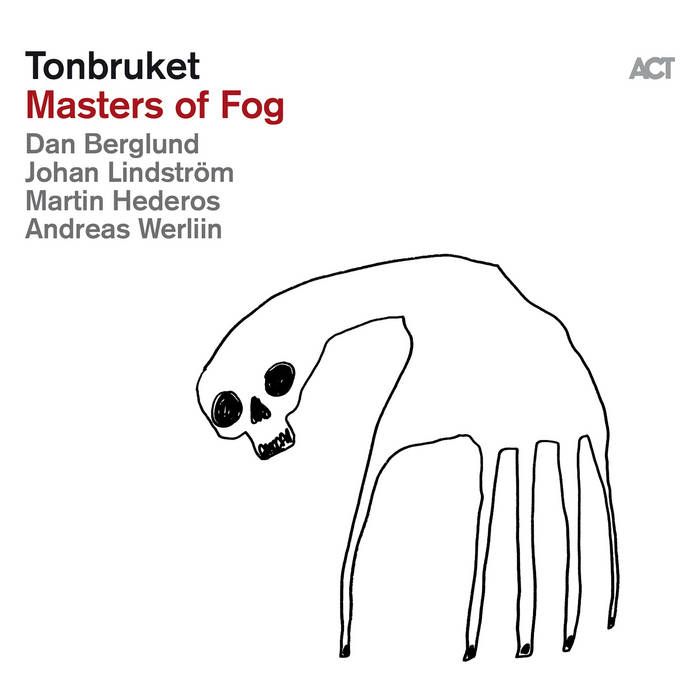
by Tonbruket
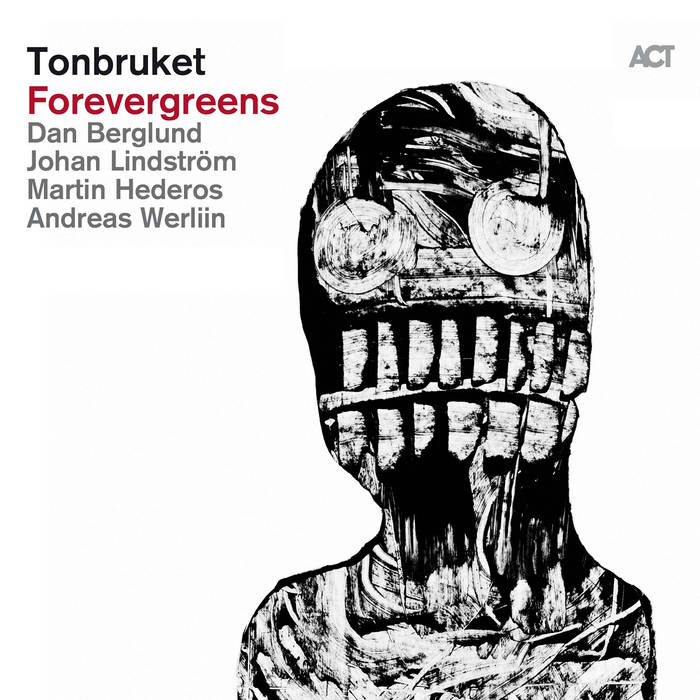
by Tonbruket
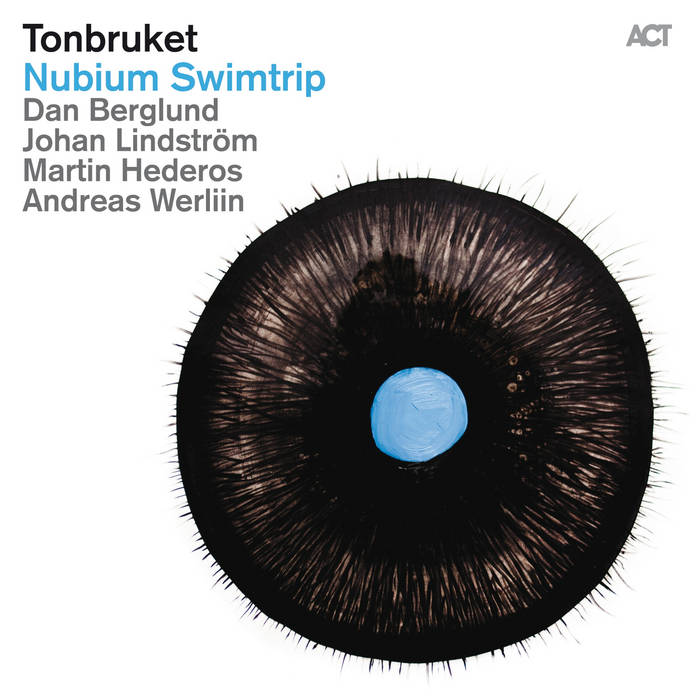
by Tonbruket

by Tonbruket
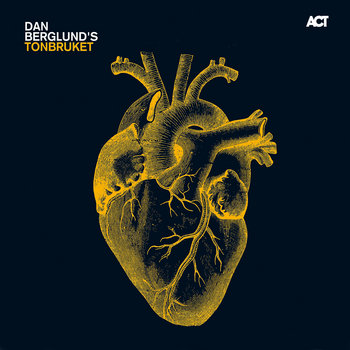
by Tonbruket
Absolutely – recommendation – no jazz – good melodies, for you to put under the bell jar or under the melancholic counter-framework to the twistedness, the conundrum – catchy pleasant melodies override their own patina – why it is not jazz, but melodic winter music from this most atypical jazz band from Sweden, if it can be called a jazz band. But what do these categorisations matter – when you’re standing in front of the concert hall and there’s intellectual frowning all around you – you’re supposed to keep everything to yourself, just not come out on the level of E.S.T., whose bassist was Dan Berglund – the story goes like this: Friend S. concealed from me for decades that he was an outspoken E.S.T. fan – from me, who didn’t always hold the latest avant-garde disc in front of his nose, but also Medeski Martin & Woods or E.S.T., Molvaer and Mehldau, the usual suspects in fact – strange: when he had passed away and I had a look at his CD collection and realised how he was in possession of all E.S.T. recordings and also the first four Tonbruket recordings. He was no longer able to acquire the fifth recording.
Now a lot of acute realism should resonate in the latest Tonbruket, acute realism – the adventure of reality or the literary epoch of realism or come back with me to everyday life – all these would have been claims or statements of a friend S. convinced of the sense of reality, while I was still pursuing the sense of possibility – my option of denying reality or, to exaggerate: Utopia. Listen to the disc, friend S. you there in heaven or spirit-driving – mystical sounds, spherical and as I said: melodic. It’s not very ambivalent, it’s more captivating, it makes you dream and creates a counter-world to the acute realism – another one. Only which one, except that you get to dreamwalk and can also take note of how around you, fascinated by realism, the here and now on real ground, intellectual frowns stand in the same queue for the same concert.
The acute realism – this can be read in the liner notes: sounds extravagant. There is talk of “gentle disregard for conventional genre conventions”, with double naming of the conventions, there is talk of “the unique blend of jazz, rock, Americana, kraut, psych, folk and blues”, there chords, harmonies and melodies are clearly closer to both rock and classical music than the colourful chords characteristic of jazz – the suggestion in the final sentence reads: Unlike the previous five albums, which featured an abundance of synthesisers and effects pedals, “Light Wood, Dark Strings” is almost entirely organic. This allows only one conclusion. Current realism can also be distinguished from less acute realism in that music expands it by a quasi-transcendental space – it’s all between the lines.
Despite this, or perhaps because of this, the album is very suitable for everyday use and would also appeal to friend S., even if secretly.

